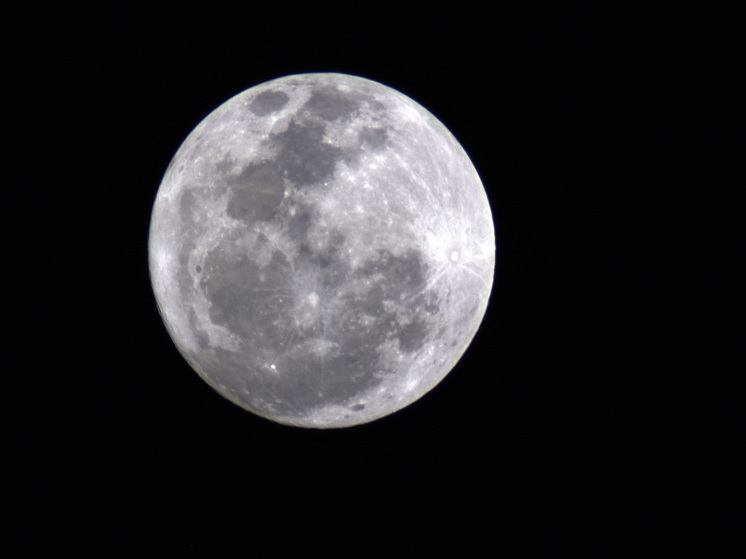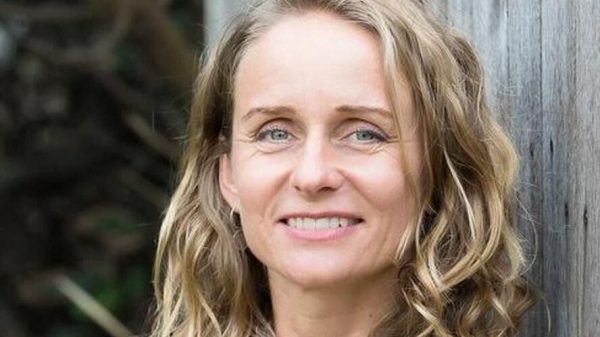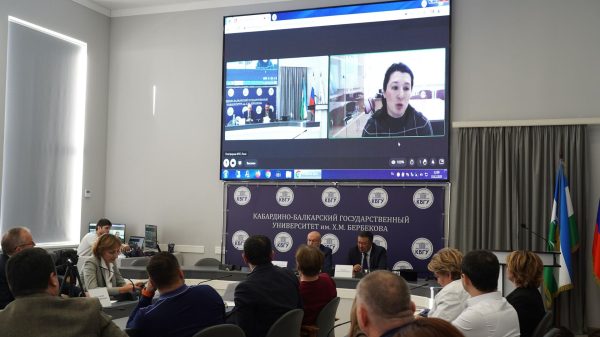'It's extremely difficult to find a viable solution'
Inventors are looking to make clean water on the moon. The UK Space Agency is giving £30,000 to fund 10 teams competing to solve the complex problem.

Inventors hope to figure out how to provide a reliable supply of clean water to the Moon, and this may require a microwave oven from Tesco, writes The Guardian.
The idea of a crewed lunar base was conceived many moons ago, but has yet to be realized, the publication notes. Since relying on water supplies from Earth is risky and expensive, one of the many problems is extracting and purifying water from the ice that lies in craters at the moon's south pole.
Such a supply would not only provide a resource for drinking and growing crops, but would also allow water to be split into hydrogen for use as rocket fuel and oxygen for breathing by inhabitants.
Now the UK Space Agency has announced it is providing £30,000 in seed funding and expert support to each of the 10 UK teams vying to solve the problem.
Laughlan Naicker of Naicker Scientific Ltd, one of the UK finalists in the Aqualunar Challenge, says opening the mystery to the wider public allows people with very different approaches to problem solving and different backgrounds to suggest possible answers.
«It's actually extremely difficult to come up with a viable solution,» he said.
Nicker added that the first part of his team's plan is to heat up the dirty moon ice in a microwave. «I'm literally going to go out today, buy a microwave from the Tesco across the road, take it apart, take out the magnetron and then try to incorporate that into the first part of my process,» he said.
Naicker and his team are working on a “SonoChem system” that would use powerful sound waves to create millions of tiny bubbles in lunar water, which would create high temperatures and pressures inside. This would create highly reactive substances known as free radicals, which would break down pollutants in the water, Naicker says.
But while the team has the basic idea, there’s still a lot more to do.
“Remember that first we need to go from dirty ice to liquid water. And we need to do it in a vacuum at -200°C,” he said.
Teams have just seven months to develop their ideas before a winner and two runners-up are selected in the spring of 2025. runners-up and the chosen trio will split a further £300,000 to continue working on their solutions. In addition, approximately £600,000 will be allocated to reward the decisions of Canadian-led teams.
Megan Christian, a UK Space Agency reserve astronaut and chair of the Aqualunar Challenge judges, said NASA's Artemis mission, supported by the European Space Agency and others, to return humans to the Moon was just getting started.
«So now is the perfect time for innovators to look at ways to purify water on the Moon — and frankly, we didn't actually know there was water on the Moon until relatively recently,» she said.
Megan Christian added that the Aqualunar Challenge, which is funded by the UK Space Agency's International Bilateral Fund and managed by Challenge Works in partnership with the Canadian Space Agency, has a very wide range of finalists, with teams also looking at how these technologies could be applied on Earth.
Naicker said his team has a number of plans. “We could make a slightly larger system, put it in the back of a van and take it to a war-torn area,” he said. “We could develop smaller units for developing countries where access to clean water is really difficult.”
Christian said the idea was that the new technologies could be used on other space missions where there is water ice. “We know that there is water ice on Mars, for example. So, of course, these technologies could be adapted for use on Mars and other planetary bodies, wherever we decide to go in the future,” she said.
The other nine UK finalists in the Aqualunar Challenge include other inventors.
Nascent Semiconductor Ltd is developing a compact system called the Titania-Diamond Annular Reactor (TiDAR), which would break down pollutants in lunar soil using a titanium dioxide catalyst activated by ultraviolet light from diamond-electrode LEDs.
The British Interplanetary Society in London has developed the «Ganymede Bowl,» a device in which a curved mirror focuses the sun's rays onto a sealed crucible containing lunar ice. The components in the ice can then be boiled and stored in turn.
Queen Mary University of London, whose team is creating AquaLunarPure: a reactor that heats lunar ice until it becomes a solid material, and then heats it to over 373°C at 220 bar pressure, turning it into “supercritical water”, removing contaminants by oxidation.
Minima Design Ltd, Suffolk, has developed a cyclic volatile extractor (CVE), in which dirty ice is heated in a new closed chamber under variable pressure, allowing the removal and storage of various contaminants.
RedSpace Ltd, which has developed a Frank filter regolith water neutralization kit, which heats lunar soil to remove volatile gases before the remaining material is passed through a membrane to separate solids and liquids. The lunar soil is then distilled to produce water.
Perspective Space-Tech Ltd, which has created an innovative lunar water collection system called I-LUNASYS, which heats lunar samples to remove gas impurities. It then uses reverse osmosis to separate the water molecules from the sample, and a UV filtration system is used as a final step.
Sean Fletcher and Dr Lukman Yusuf from the University of Glasgow plan to melt the dirty ice, remove large particles of soil and then pump the water through an ultrasonic system. This will remove gases, destroy pollutants and clump up any lunar dust before the water is filtered to remove any remaining contaminants.
Regolithix Ltd, which is developing the Regolith Ice Plasma Cleaner for Lunar Exploration (RIPPLE), which would heat dirty lunar ice and separate out water vapour and particulate matter using a salad bowl-like device. The steam can then be split using a plasma torch, and the hydrogen and oxygen separated using a molecular sieve.
Interstellar mapping scientists have developed a static water extraction system (SWES) to sublimate various volatiles from lunar soil at lower temperatures than would be required to extract and store ice and water. The sample is then heated again to convert the water into steam, which is extracted and cooled.




















































Свежие комментарии